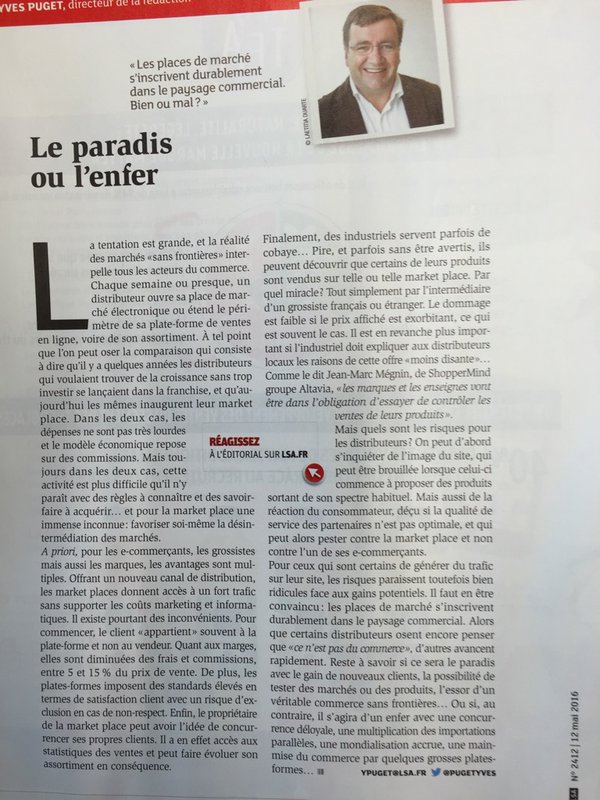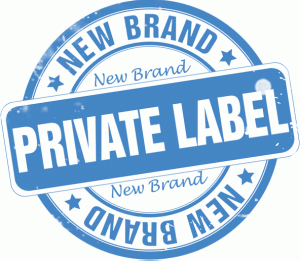Dear friends,
I have been writing this blog for over 10 years now. It has been a great journey. It allowed me to discuss with you about the news and the new trends of retailing, customer relationship management, marketing. I met very interesting people, helped a bunch of students to understand better this world or to have ideas for their thesis. It also gave me great knowledge of this industry.
But the world has changed fast in 10 years. The student starving for knowledge has become a retail expert. What used to be the best way to communicate on line (blogging) is probably the dinosaur of all of them, due to the growth of social media. A lot of my friends were still wondering how come I was still blogging in 2016...
Furthermore, I will have in the short & mid term new exciting projects to undertake.
The time has come. The time has come, as I had been this young blogger to face new opportunities and challenges. And when I see the landscape of previous master bloggers like Loic Lemeur, Henri Kaufman, Pierre Philippe Cormeraie or even Robert Scoble among others, I can clearly see that there is a bright future at developing new activities, and new ways to connect.
This is the reason why I have decided to stop blogging. Of course, I will still keep track of what is going on in the world, and still curious about about the future.
Best regards, and thank you for your support.


































